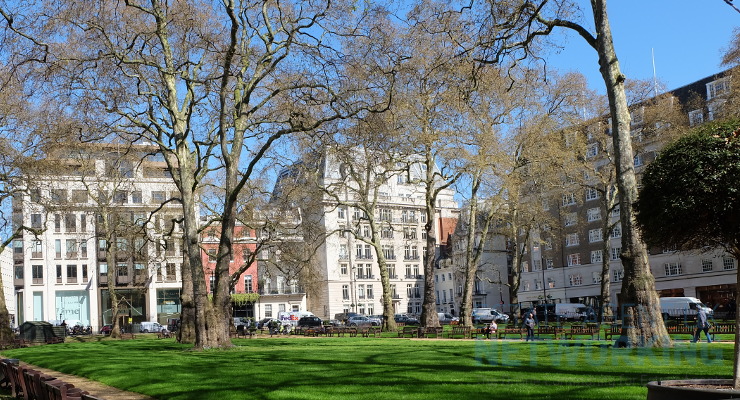Our Ultimate Checklist For The Perfect Garden Makeover
So you’ve decided to give your garden a well-overdue makeover. Restoring and maintaining your outside space has many benefits, including helping to reduce pests, keeping your garden healthy, and boosting its aesthetic appeal. But where do you begin?
After all, there’s plenty to consider — from layout design and planting to the difficulties of finding the time to do it all. But rest assured, we’re here to help — this is our ultimate checklist to follow to get your garden blooming.
1. Manage your expectations
A proper restoration project is no easy feat. Depending on the size of your plot and how much free time you have, pruning and replanting your garden could take months.
To help make the task more manageable, break it down into smaller jobs that you can get done in one day, and don’t pressure yourself to get it looking perfect straight away. For example, if you have a free day on the weekend, dedicate this to weeding, knowing that when it comes time to plant, you’ll only have a little regrowth to see to.
2. Dispose of waste properly
When weed-whacking, removing tangles of tricky undergrowth and even removing larger items like old garden chairs, rubbish can quickly accumulate. To save on multiple trips to the tip and having to deal with waste that the council may not collect, it can be worth investing in waste solutions for your project, like composting or even hiring a skip.
But what kind of skip would you need? Well, as waste management company Bywaters explains: “The size of residential skip you need depends on how much waste you generate. For instance, a six-yard skip will be suitable for a small home project, while a 12-yard skip can hold heavy items of furniture.”
3. Plan your new layout
Once your garden is clear and you have an idea of the space you’re working with, you can begin the design process.
Firstly, make a list of the practical ‘needs’ and the aesthetic ‘wants’ for your garden. From sheds and greenhouses to hanging pots and flower beds, there are plenty of features contending for your space, and you need to decide what takes priority.
Next, think about light: are there darker areas that will best accommodate shade-loving plants? Use the sun to help guide placement of trees, flowers or shrubs — and lay the natural foundation for your great outdoors.
4. Choose sustainable materials
We’re living in the age of the eco-friendly garden — gone are the days of polluting our soil and water supplies with damaging herbicides and filling our outdoor spaces with concrete. Instead, consider sustainable materials in your design, such as upcycled bricks and paving slabs for paths or flower beds, and hedge dividers in place of hardscaping. These are eco-friendly alternatives that put materials to use instead of sending them to landfill.
Another eco-friendly option is to use sustainable food. Look for timber that has an FSC certification mark as proof that it comes from a sustainably managed forest.
5. Rewild your space
Now that you have an action plan and the necessary supplies, you can get to work building your dream garden. Among your plant choices, consider adding meadow flowers and other pollinating flora to re-introduce wildlife to your space. In recent years, you might have heard about concerns surrounding declining pollinator numbers, thanks to habitat destruction and climate change.
These species are vital to sustaining ecosystems around the world and contributing to the food supply chain, so are well worth helping out if you enjoy crop foods — and that’s anything from apples to almonds.
Thankfully, there are plenty of attractive flower varieties that are well-loved by pollinating insects like bees, butterflies and hoverflies — such as lavender and honeysuckle. Try to introduce these species and add foliage wherever you can to boost your garden’s biodiversity. Soon enough, you’ll have a manageable rewilded garden teeming with life and reconnecting you to nature.









